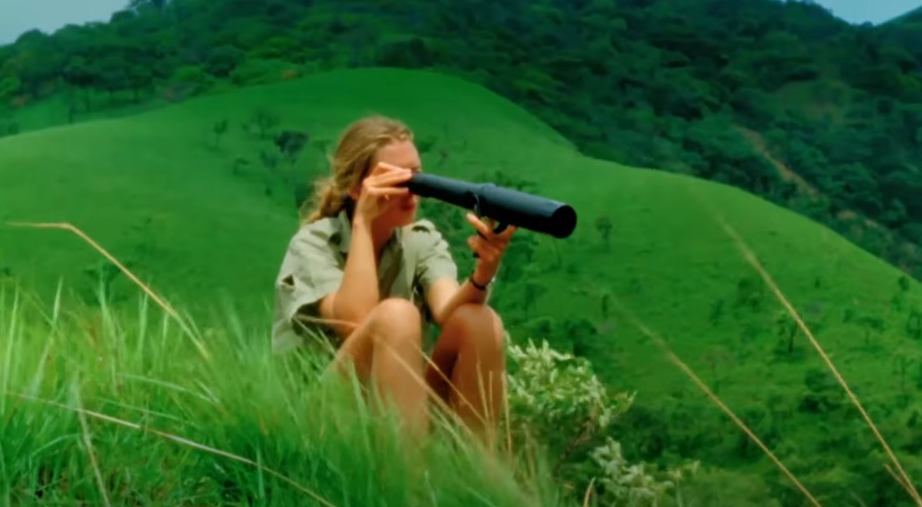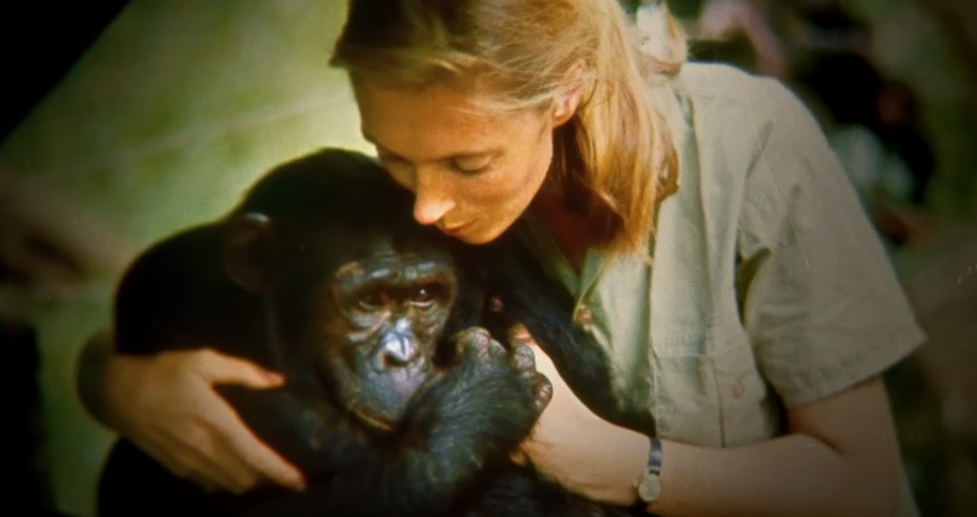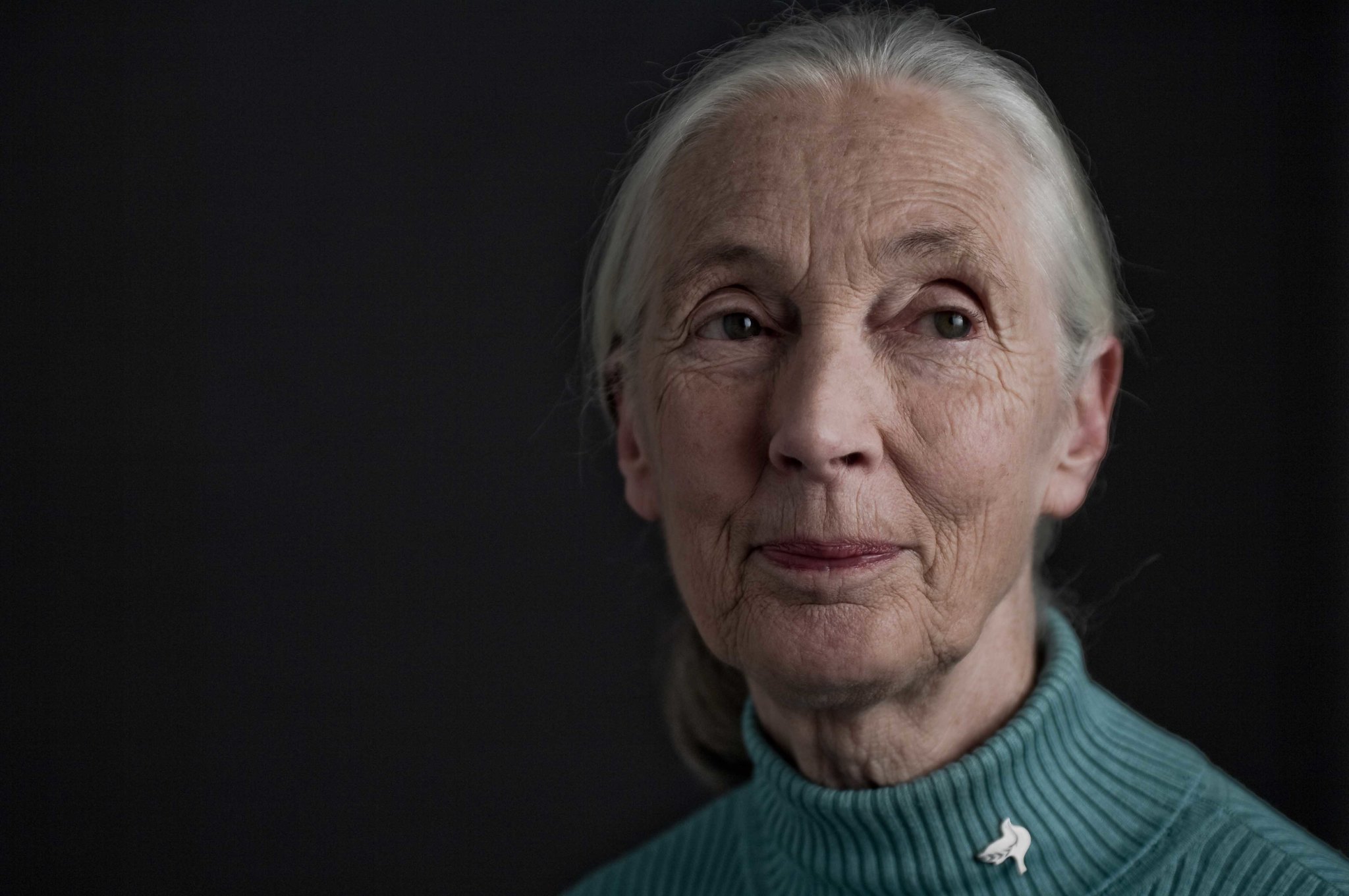Jane Goodall was born Valerie Jane Morris-Goodall on April 3, 1934, in London, England. Even from a young age, she showed a love for animals. Goodall received a chimpanzee toy from her father when she was about one-year-old. When she got a little older, Goodall began to avidly watch the henhouse so that she could find out where the eggs came from. She had a childhood dream of traveling to Africa so that she could write about the animals there.
Goodall was unable to pay for a college education, so she immediately went to work as a young adult. She got a job as a secretary, and later, a film assistant. Eventually, she was able to travel to Kenya on an invite from a friend. She saved money for the travel expenses by working as a waitress. She left for her trip in 1957 when she was 23-years-old.
Being knowledgeable about Africa prior to her trip, Goodall was hired to be the assistant of Dr. Louis Leakey, an anthropologist and paleontologist she met while in Kenya.
In 1960, Goodall traveled with Leakey to Lake Tanganyika as they studied chimpanzees together. Authorities were against the idea of Goodall going to live in the wild, as she was a young woman, but allowed her to do so when her mother agreed to come with her for the first few months. They went to the Gombe Stream Chimpanzee Reserve as Goodall began her studies.

Goodall’s early encounters with the chimpanzees required much patience, as they were afraid of her. She spent much time keeping her distance as they slowly got used to her presence. At the time, it was commonly thought that chimpanzees were vegetarians. In 1961, Goodall found as she got closer to the animals, however, that this was false as she observed them eating meat.
She also found that the chimpanzees were able to create tools as they used branches to pull out termites from their mounds to eat them. This was a very surprising discovery, as humans were the only ones known prior to this to make tools.
Goodall also discovered that chimpanzees can have different relationships with each other. Sometimes they took sides, killing each other in war. On the other hand, Goodall found that they would also hug and show sympathy to one another when they were upset. The mothers were found to have strong connections with their babies and would even adopt those who lost their own mothers. Chimpanzee siblings also displayed close relationships.
Goodall published an article through National Geographic, which had begun to sponsor her work in 1963, called “My Life Among Wild Chimpanzees.” In 1965, though she did not have an undergraduate degree, Goodall received a Ph.D. in ethology from Cambridge University. Goodall continued to work in Gombe until 1975, leaving only for short occasions.
In 1977, Goodall established the Jane Goodall Institute for Wildlife Research, Education and Conservation. She started the ChimpanZoo in 1984, which was a research program of the Jane Goodall Institute that focused on chimpanzees in captivity and enhancing their lives. Over the next few decades, Goodall dedicated herself to protecting chimpanzees and their habitats in the wild, establishing various programs and projects.

In 2002, Goodall was given the honor of being named the United Nations Messenger of Peace. Two years later, she received the title, Dame of the British Empire, and was recognized at a Buckingham Palace ceremony.
Goodall still speaks about chimpanzees and the way that people can help them even today. In these efforts, she travels most of the year. Goodall has published some of her own work, including autobiographies, and has been the topic of documentaries, including 2017’s “Jane.”
(Source: National Geographic/YouTube)
Rebekah Davidson
Intern

